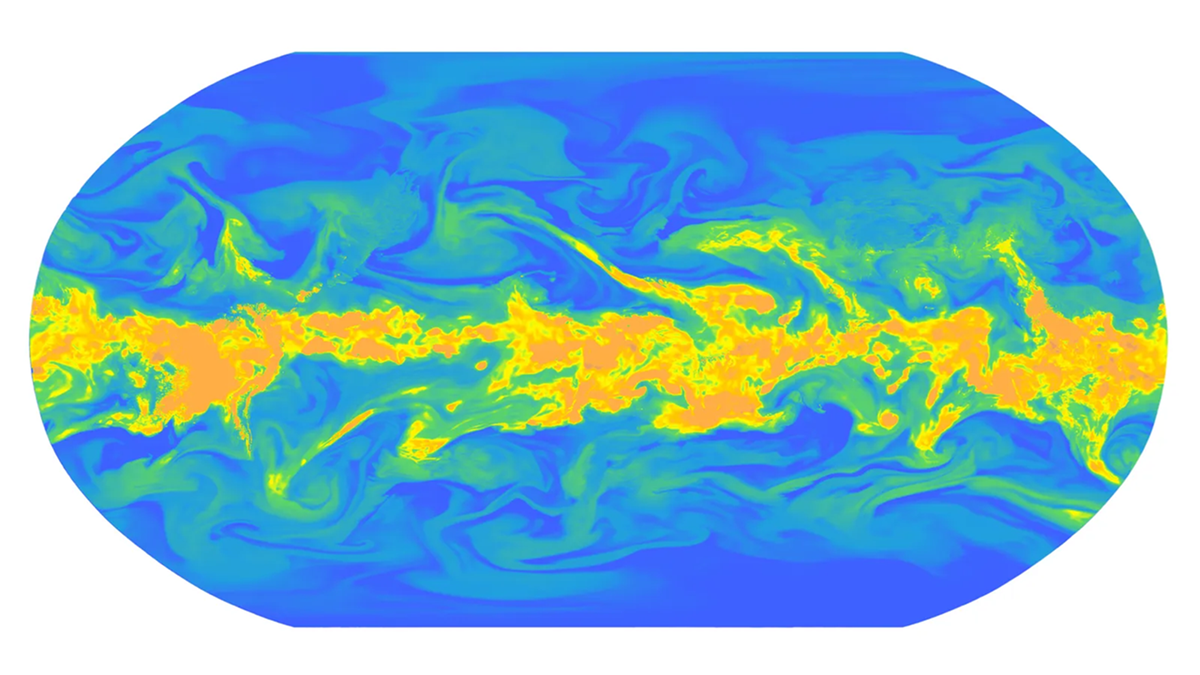Google Launches WeatherNext 2, an AI‑Powered Forecasting Model

Key Points
- WeatherNext 2 is Google’s new AI‑driven weather forecasting model.
- It simulates hundreds of possible outcomes in under a minute, up to eight times faster than traditional models.
- Built on a Functional Generative Network, it trains on individual variables like temperature and wind speed.
- Google claims 99.9% accuracy for variables and forecasts up to 15 days ahead.
- The model is being integrated into Search, Gemini, Pixel Weather, and Maps, with broader API plans.
- Provides users with a spread of possible weather scenarios instead of a single prediction.
- Aims to benefit renewable‑energy forecasting and emergency‑service response.
- Emphasizes showing uncertainty to help users make more informed decisions.
Google has unveiled WeatherNext 2, an AI‑driven weather forecasting system that delivers faster, higher‑resolution predictions by simulating hundreds of possible outcomes in under a minute. Built with a Functional Generative Network and trained on individual variables such as temperature and wind speed, the model claims up to eight‑times faster processing and improved accuracy for 99.9% of variables up to 15 days out. WeatherNext 2 is being integrated across Google Search, Gemini, Pixel Weather, and Maps, with plans for broader API access. The technology aims to give users a richer view of weather uncertainty and supports sectors like renewable energy and emergency services.
Google’s New AI Forecasting Engine
Google announced WeatherNext 2, its latest AI‑powered weather forecasting model. The system is designed to generate faster, more accurate, and higher‑resolution forecasts by simulating hundreds of possible weather outcomes from a single starting point in less than a minute. According to Google, WeatherNext 2 operates up to eight times faster than traditional physics‑based models that can take hours on supercomputers.
The model leverages a Functional Generative Network (FGN), which differs from conventional models by focusing on individual weather variables—temperature, wind speed, humidity, and the like—rather than entire weather systems. By learning how these variables interact to form complex patterns such as storm fronts or heat waves, WeatherNext 2 can produce a range of physically realistic scenarios rather than a single most‑likely outcome.
Integration Across Google Services
WeatherNext 2 is being rolled out on multiple Google platforms. Early integrations include Google Search, the Gemini AI assistant, Pixel Weather, and Google Maps. Google also indicated plans to expand access through a broader Google Maps Platform Weather API, allowing developers to incorporate the advanced forecasts into their applications.
Performance and Accuracy Claims
Google asserts that WeatherNext 2 delivers improved accuracy for 99.9% of weather variables and provides reliable forecasts for up to 15 days ahead. The rapid generation of forecasts—completed in under a minute—enables more frequent updates and finer‑grained detail, which can be especially valuable for users making day‑to‑day decisions.
Impact on Users and Industries
The new model’s ability to present a spread of possible outcomes aims to give everyday users a clearer picture of weather uncertainty. Rather than a simple “rain, 40% chance,” forecasts can now illustrate multiple coherent scenarios, helping people plan activities with greater confidence. Beyond consumer use, Google highlights potential benefits for renewable‑energy providers, who can better estimate wind and solar output, and for emergency services that need precise forecasts to respond effectively.
Emphasis on Uncertainty
Google frames WeatherNext 2 as a step toward forecasting that acknowledges uncertainty rather than masking it. By offering a range of realistic scenarios, the system encourages strategic preparation for what might happen, aligning with broader goals of improving decision‑making infrastructure through better data.